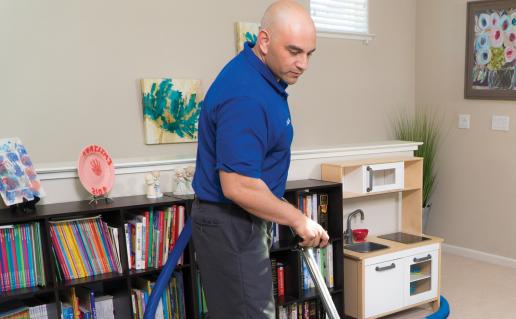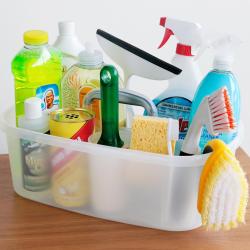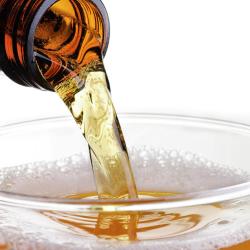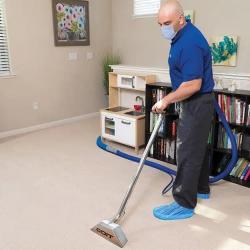COIT’s Guide on how to Remove Kool Aid Stains
Who doesn’t love a glass of iced cold Kool-Aid on a hot summer day? It’s quite refreshing. But it’s anything but refreshing when it gets on your carpet and leaves a visible Kool-Aid stain.
With COIT’s guide to removing Kool-Aid stains, you can tackle any accidental stains on your carpet. Don’t panic – with a few handy at home-remedies, a little Kool-Aid won’t ruin your day, but before let's get some background information about Kool Aid.
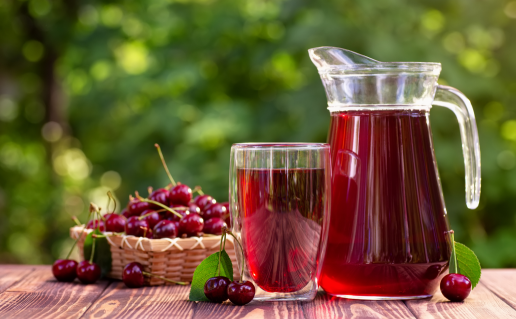
History of Kool-Aid
Before we jump into discussing how to remove kool-aid stains, let’s take a closer look at this popular beverage.
Have you ever wondered about the history of Kool-Aid? It actually was invented in Hastings, Nebraska back in 1927 by a man named Edwin Perkins. All of his mixing experiments took place in his mother’s kitchen, where he took a liquid concentrate called Fruit Smack and removed the liquid. He did this in an effort to reduce shipping costs. Only powder was left – and he called this powder Kool-Aid. In 1953, General Foods bought Kool-Aid (today, Kraft Foods actually owns Kool-Aid). In the spirit of Mr. Perkins’ discovery, the town of Hastings still celebrates the birthplace of this famous summertime drink by hosting an annual festival called “Kool-Aid Days".
Composition of Kool-Aid
So what exactly is this famous summertime drink made of? Well modern Kool-Aid products have certainly evolved since 1927. There is a lot more variety to choose from now, with Kool-Aid coming in envelopes, canisters, singles, “Jammers” and “Bursts.”
If you’re watching your sugar intake, it’s good to know that Kool-Aid actually contains 1/3 less sugar than soda, with 16 grams of sugar per 8 ounce serving. In comparison, regular soda has approximately 27 grams of sugar per 8 ounce serving (it’s also a source of Vitamin C).
Ingredients in Kool-Aid Powder
In grape Kool-Aid, for example, these are the ingredients you’ll be facing when wondering how to remove Kool-Aid stains:
- Sugar
- Fructose
- Ascorbic acid
- Artificial flavor
- Calcium phosphate (prevents caking)
- Citric acid (provides tartness)
The Seven Original Kool-Aid Colors
Now that you know a bit more about the history of Kool-Aid, as well as its ingredients, let’s look at the various colors and flavors you can choose from.
The seven original Kool-Aid colors were: grape, lemon-lime, cherry, strawberry, raspberry, root-beer and orange. When it comes to Kool-Aid stain removal, each color has the potential to stain various surfaces, so you’ll want to act quickly.
How Much Kool-Aid is Consumed?
Each year, more than 500 million gallons of Kool-Aid are consumed. Yes, you read that correctly – 500 million gallons! In the US, Kool-Aid is actually most popular in Memphis, Tennessee.
Whether you live in Memphis or any other city or town, when it comes time to tackle kool aid stain removal, you’ll have COIT’s guide to removing Kool-Aid stains for quick reference.
How to Remove Kool Aid Stains from Carpet
COIT's Guide on How to Remove Kool Aid Stains from Carpet
With the hustle and bustle of daily life, we put our carpets through quite a bit these days. So what do you do when you encounter a tough to handle stain like Kool-Aid? Wondering how to get red stains out of carpet? Act quickly. Kool-Aid has the ability to stain your carpet; however, if you act fast, the stain doesn’t have to be permanent.
With COIT’s guide to removing Kool-Aid stains from carpet, you’ll have a few do-it-yourself methods to help you keep your carpet in tip top shape.
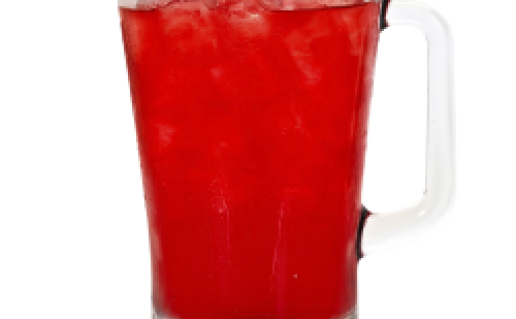
How to Remove Kool Aid Stains from Carpet – Method # 1
- Upon discovering the Kool-Aid stain, it’s important to act as quickly as possible before the stain sets into the carpet fibers. Use a few clean paper towels to soak up any Kool-Aid. Do your best to blot the Kool-Aid stain (instead of scrubbing).
- Take 1 cup of warm water and mix it with ½ teaspoon of mild liquid dishwashing detergent (dishwasher and laundry detergent may be a bit too strong, as they often leave residue on your carpet and contain fragrances).
- Apply this cleaning solution directly onto the Kool-Aid stain using a clean white cloth (using a white cloth will help you see how much of the Kool-Aid is being absorbed from the carpet). Start from the outside of the stain and work your way in, being careful not to spread the stain onto other areas of the carpet.
- If you can still see the Kool-Aid stain, mix 2 cups of water with 1 cup of white vinegar.
- Using this white vinegar solution and a clean white cloth, repeat steps 1 through 3.
- After applying the white vinegar to remove red Kool-Aid from carpet, if the stain is still visible, mix 1 cup of water with 1 tablespoon of ammonia.
- Apply this ammonia solution directly onto the remaining stain and blot from the outside in. There is a chance the ammonia may lighten the carpet slightly, so be sure to test the ammonia on a smaller area of carpet before applying a large amount.
- Once the Kool-Aid stain is no longer visible, apply cold water directly to the stain to rinse the carpet.
- Blot up any remaining moisture.
Up to 50% off Residential cleaning services - Find discounts in your area!
How to Remove Kool Aid Stains from Carpet – Method # 2
Scrubbing Bubbles
Another way to remove red kool-aid from carpet involves using a few different solutions. If you can purchase Scrubbing Bubbles from the store, this cleaning solution may help lighten and eventually remove the stain with a bit of pressure.
Club Soda
Upon discovering the Kool-Aid stain, apply a bit of club soda directly to the stain (enough to cover it completely). Blot with a clean towel until the stain lifts off the carpet. If any of the stain remains, try adding a bit of undiluted lemon juice to the area and blotting. Rinse with cold water to remove any remaining residue.
So the next time you need to know how to get red stains out of carpet (like Kool-Aid) try the above-mentioned techniques. If the stain is stubborn and refuses to disappear, give us a call at COIT Carpet Cleaning to get some professional assistance that will revive your carpet. Don't forget to checkout our coupons!
Remember to always do a spot removal test on a portion of carpet or upholstery that is normally not visible. These are suggested treatments only and COIT can't be held accountable for any damage sustained by use of the treatments in this spot removal guide.





